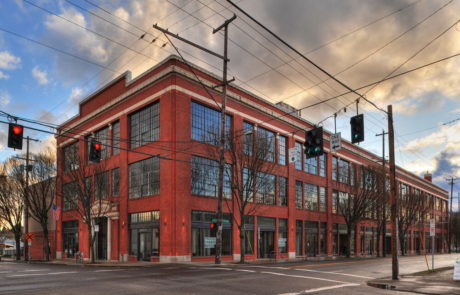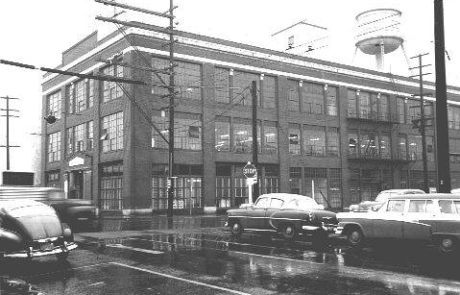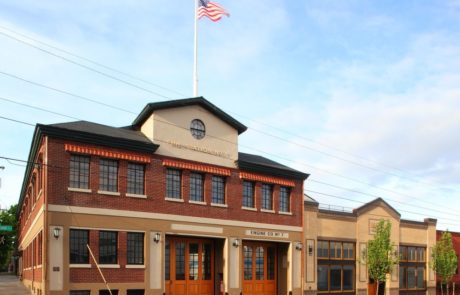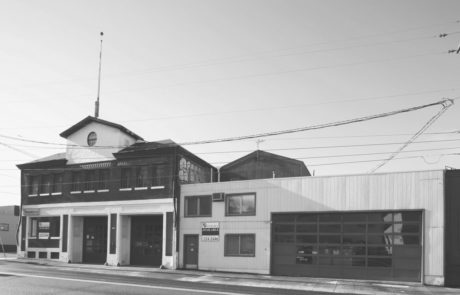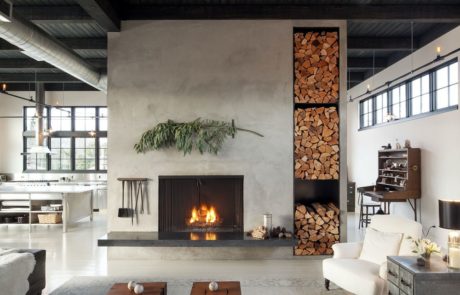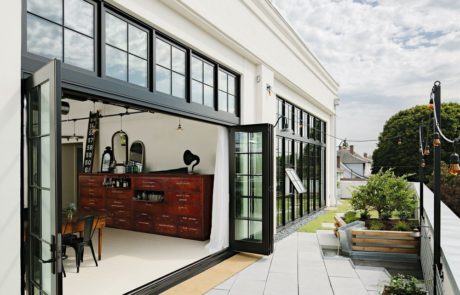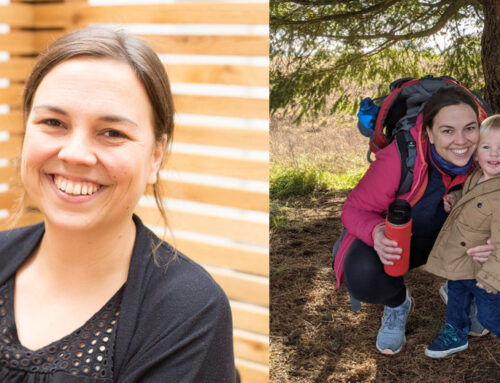Have you ever felt the energy of a historic building? The years of operation, the transitions from one business to the next–the reimagining of space with each evolution. Adaptive reuse embraces the past and preserves that energy by restoring neglected buildings for new purposes. It supports the social, environmental, and aesthetic values of historical places, rehabilitating them to their full potential.
Adaptive reuse projects are among the most powerful architectural transformations – here are just a few of our favorites:
Ford Building
The Ford Building, a 100,000 sf, 1914 Model-T Factory, is one of the few remaining structures that embody Henry Ford’s ground breaking, “Assembly Line” concept. A treasured piece of Portland history, the manufacturing plant helped Ford make the automobile an affordable commodity. After a massive adaptive reuse project led by the Emerick team, this jewel that once contributed to our nation-wide transportation revolution is now a factory for creative professionals and indie retailers leading the artistic revolution of Inner SE Portland.
Fire Station No. 7
Built in 1927, Portland’s Fire Station No. 7 had long ago ceased its original function and fallen into a state of decay. An extensive remodel returned the old Fire Station to its previous glory, while adapting it for both retail and office use. The beauty of this project lies in a poorly integrated garage addition the developer planned to tear down and use for parking. Emerick showed how the space presented a better opportunity, and the process was so successful that the owner changed course and moved into the addition, effectively doubling the revenue potential for the project. Ultimately, the restoration of Fire Station No. 7 helped stimulate commercial activity and investment in the neighborhood.
Division St. Project
By repurposing three distinct structures from different periods of the last century, the Division Street Project is a poster child for adaptive reuse. The team crafted a strategy to reuse the existing pieces, while adding a penthouse and roof garden to create an urban oasis. Almost everything for this project was handmade from raw materials by local Portland artisans, including the cabinetry, steel work, railings, doors, stairs, lighting fixtures, stucco, and plaster.
So much of today’s architecture can feel like a fashion statement; flashy exteriors that scream for your attention while ignoring context and inhabitants. Times change and trends come and go, but with a nod to the past and a view for a better tomorrow, the authentic craft of an adaptive reuse building is here to stay.


